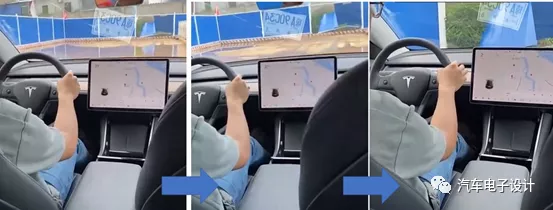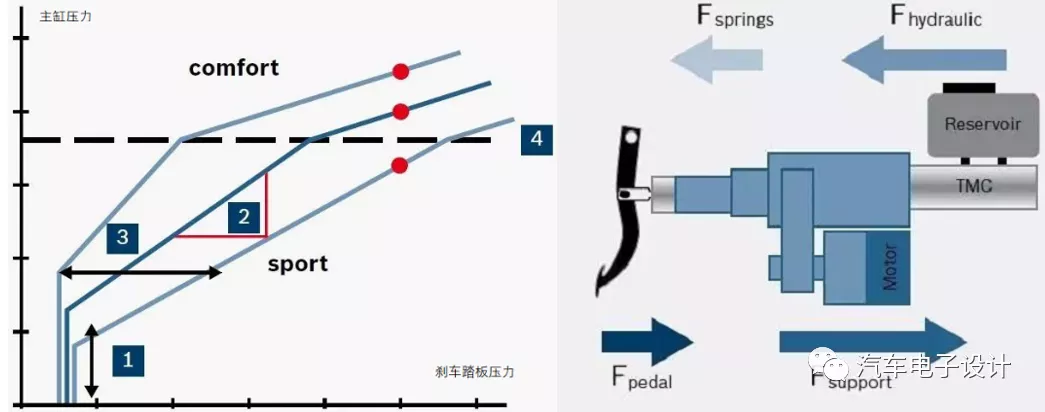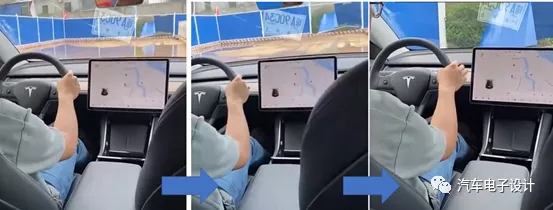Introduction
Today is March 14th, and it is highly likely that Tesla will appear tomorrow on March 15th. The accident of two cars attempting to travel on a special road at 20-30 km/h three times is quite typical.
1) The most probable cause is that the braking system under special road conditions did not match the vehicle’s braking calibration and the driver’s expected performance, leading to the car being forced to stop by the after-sales personnel. This objectively indicates that the after-sales personnel continued to step on the brake until the vehicle stopped the first time, and repeated the process of tapping the brake several times before it stopped (which is consistent with the original owner’s brake operation).
2) The main point of this problem is whether there are calibration defects in the braking distance reduction that Tesla pushed in the Model 3 previously. In other words, it is OK under 80% of working conditions. However, under the road conditions mentioned above, in combination with different driver operations, inconsistency with expectations may occur, especially when the iBooster working status feedback for the driver is intuitive (the braking system becomes hard and cannot be depressed).
3) At present, with a monthly delivery of 20,000 vehicles to consumers, more and more issues of this type are arising. Data recorded in Tesla’s background, including the braking system (iBooster, ABS, and vehicle controller in the drive), can only reflect part of the situations in many cases, such as situations where special environmental conditions cannot be recorded and differences from routine conditions.
When there is a difference between the expected performance of the driver in the second case, the driver will become more panic-stricken, and the failure of the car to stop will lead to a secondary error.
Tesla’s statement
From the statement, we can break down the entire problem into:
1) On March 11th, the owner’s self-driving accident: After stepping on the brake pedal, the vehicle’s braking system and ABS were working normally; the initial braking pressure after stepping on the brake pedal was lower (the driver initially tapped the brake and felt that the speed was low enough to stop), and the braking pressure increased significantly in the 0.5 seconds before the collision (he or she felt that it couldn’t be stopped, and stepped on the brake hard, but unfortunately, it was too late).
2) Second after-sales personnel driving: Using a Tesla vehicle, the after-sales personnel accelerated first and then continuously braked at high intensity. The vehicle slipped in this state, and there was no crash warning sound.

The third after-sales personnel driving failed to stop: This time, the method used was to tap the brake lightly twice and then step on the brake heavily (the last time), resulting in a collision.
The main difference between this time and the last time was that the after-sales personnel used light braking in the early stage and then repeated the process of stepping on the brake heavily twice when they reached a close distance with a warning sound. However, it still failed to stop.
During these incidents, Tesla used the vehicle data, which was read from various components inside the car by the vehicle gateway and stored. At this point, neither of the vehicles had any diagnostic trouble code information, which means that they were in a state of being defined as a healthy system by Tesla.
In my opinion, we can focus many of the automatic acceleration issues on Tesla’s use of iBooster and the configurations made for automatic distance adjustment.

As most electric cars currently utilize iBooster, it has a complete safety mechanism to prevent large-scale systemic malfunctions. If the iBooster fails, the ESP takes over and provides braking assist, allowing the vehicle’s braking system to provide a deceleration of 0.4g. Even if the iBooster does not receive 12V power support, effective braking pedal force can still be applied to all four wheels through pure hydraulic brake mode.
Our problem has not yet reached the stage of fault status. In other words, under a large sample size of usage, even if the braking distance is unstable and the brake status given to the user is inconsistent, it can still cause panic and accidents for users, which is a problem that Tesla can’t really avoid.
Conclusion
My thoughts are still consistent with what I’ve previously mentioned. The most appropriate solution for this issue is to rely on regulatory agencies, such as the NHTSA and China’s General Administration of Quality Supervision, Inspection and Quarantine. These third-party testing organizations can provide objective problem replication and data accumulation under various environments (different road surfaces) and data (recreating accident data at the time of each accident) support for the regulatory agencies. Then, the regulatory and Tesla can perform a review of the development process, process documentation, and experimental data related to braking distance and braking performance.
Of course, this process needs to protect the confidentiality of the company, similar to how the Toyota brake gate scandal was handled. This way, everyone can have confidence in the handling of this problem. The core issue still relies on safety regulation.
This article is a translation by ChatGPT of a Chinese report from 42HOW. If you have any questions about it, please email bd@42how.com.
